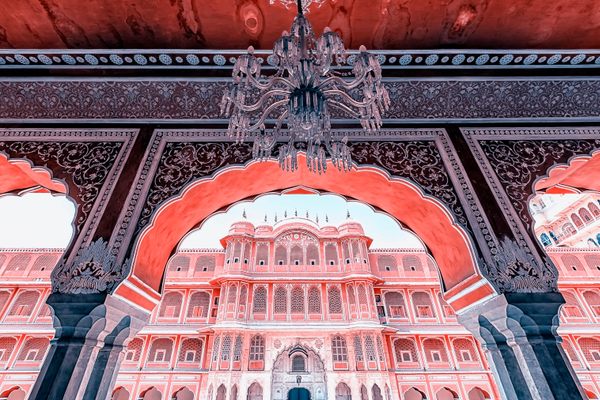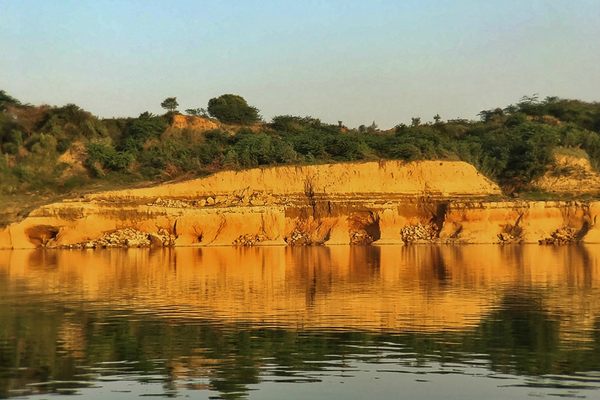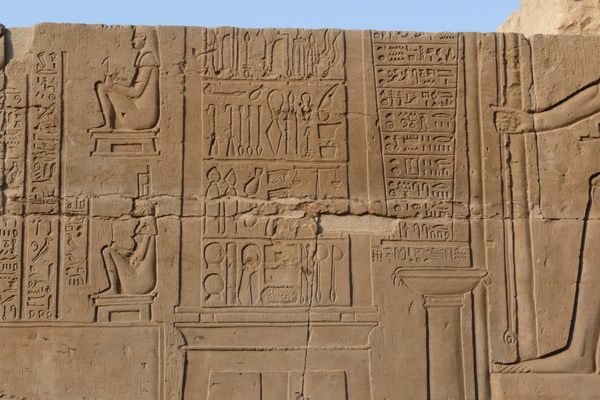Sasbahu Temples
A pair of nearly 1,000-year-old temples profusely covered in meticulous stone carvings.
The 11th-century Sasbahu Temple complex in Gwalior, central India, consists of a pair of temples, one smaller than the other, but both profusely studded with a cornucopia of stone carvings. As an inscription at the entrance to the larger of the two temples indicates, the temples were constructed in 1093 by King Mahipala of the Kachchhapaghāta dynasty and have stood the test of time as one of the most exquisite specimens of temple architecture in India.
The Kachchhapaghātas rose to power in the 10th century and ruled over the northwestern parts of central India with Gwalior as their principal seat of administration. The Kachchhapaghāta kings built many monuments, some of which have survived, like the Sasbahu Temples, displaying a highly ornate style of architecture and meticulous attention to detail.
As power over the region changed hands in the succeeding years, the temples suffered considerable damage, including the defacement of a number of carvings. Even though alarming cracks have appeared on the lintels and parts of the temples have crumbled over time, this 11th-century temple complex continues to be awe-inspiring.
Contrary to common assumptions regarding the name of the temple complex being a portmanteau of the Hindi words saas for mother-in-law and bahu for daughter-in-law, it is actually the abridged form of an appellation of the Hindu god Vishnu, “sahastrabahu,” or “he of the thousand arms.” The two temples, situated adjacent to each other, were dedicated to Padmanabha, or Vishnu worshipped in his reclining pose.
Not a square inch of the temples, from the façade to the inner sanctum, has been left uncarved, a stupendous display of the development of temple architecture under the rule of the Kachchhapaghātas. The temple plan comprises a hall (mandapa), a closed-hall (gūdhamandapa), a vestibule (antarāla), and the sanctum (garbhagriha). Both the temples boast an impressive range of carvings which depict Hindu divinities such as Brahma, Vishnu, and Saraswati. The inner walls of the temples are plastered with a plethora of relief sculptures, ornamental motifs, and floral designs.
Know Before You Go
The temples are situated close to the Gwalior Fort complex.




















Follow us on Twitter to get the latest on the world's hidden wonders.
Like us on Facebook to get the latest on the world's hidden wonders.
Follow us on Twitter Like us on Facebook